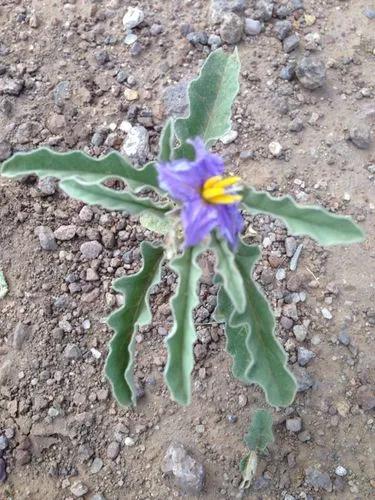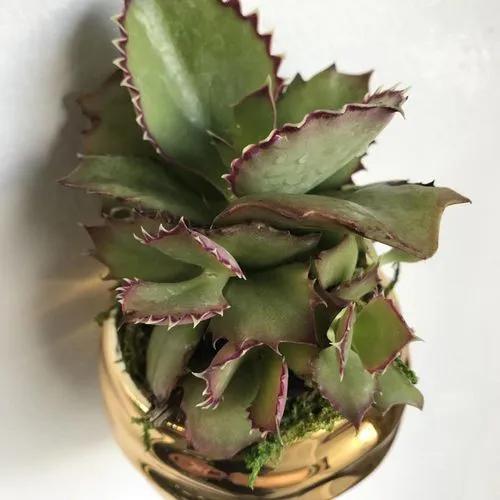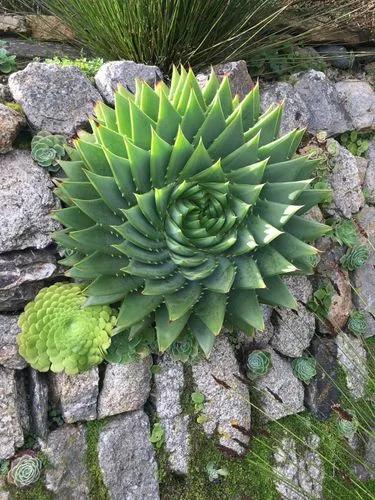Although this succulent has a complicated botanical name, you can simply refer to him as David. This petite sized succulent has beautiful deep green foliage that will darken with cooler weather or with extreme exposure to sun.Whether it be in on an indoor windowsill, back yard garden, or a patio terrarium, everyone needs a David in their collection.David is native to South Africa where he enjoys tropical climates. This can be replicated in most Australian gardens by allowing the soil to completely dry out between deep watering and keeping drier in the winter.
Crassula Lanuginosa Care
Crassula Lanuginosa



How to Care for the Plant

Water

These are succulent plants related to the stonecrops, and they prefer sparse watering, with the soil drying out completely before being watered again. During cooler months, give them a good drenching and then allow the soil to dry out before watering again. Crassula plants go dormant when the temperature gets hot in summer and need even less water. When grown indoors, watering should be minimized from late fall through winter, as the plants go semi-dormant during this time.

Fertilizer

Feed this plant sparingly. You can give your plants a little organic fertilizer in mid-spring, as they start actively growing, but further feeding is not necessary.

Sunlight

Most Crassula plants need some shade in the hottest part of summer, but require bright light to attain their most vibrant color. When grown outdoors, a site with morning sun and afternoon shade is perfect. Placed in full sun, the leaves can scald, though it won't kill the plant. When grown indoors, place Crassula plants in a spot that receives bright indirect light all day, or direct sun for a few hours of the day.

Soil

Crassula plants need soil that is very well-draining, and they will do fine in sandy, rocky soils. They prefer a neutral to slightly acidic soil, but even extreme pH levels rarely kill the plant.

Temperature

Crassulas can be grown outdoors as perennials in zones 9 through 12, but elsewhere you will need to bring them in for the winter or grow them as houseplants. Some species will tolerate a mild frost, but temperatures below 30 degrees Fahrenheit may be enough to kill them off.

Container

Make sure the pot has good drainage, as these plants don't like to have soggy roots. Pot them up to a larger container when the plants become very overgrown—every 2 to 3 years when the plants are young, then every 4 to 5 years for mature plants.

Popularity

1,756 people already have this plant 326 people have added this plant to their wishlists
Discover more plants with the list below
Popular articles






